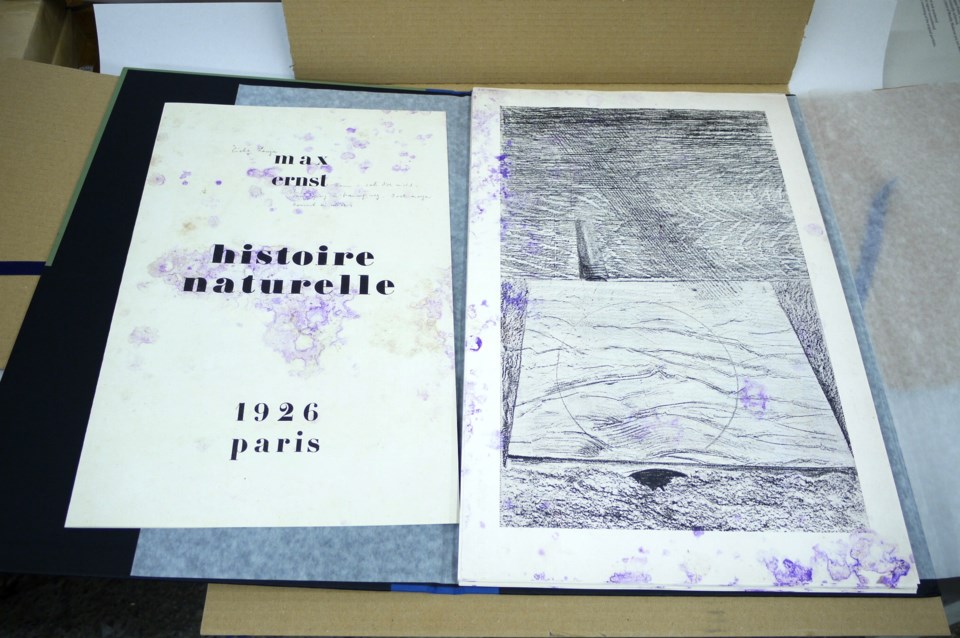Neil Young knew what’s up. In the middle of “My, My, Hey, Hey” from his iconic Crazy Horse album Rust Never Sleeps, the godfather of grunge wails that “rock ’n’ roll can never die, there’s more to the picture than meets the eye.”
He was singing about the tenuous immortality of rock gods, but he could have been singing about the latest exhibition at the Charles H. Scott Gallery at the Emily Carr University of Art and Design.
Taking its name from the critically acclaimed 1979 album, the exhibition, Rust Never Sleeps: Growth and Decay in the Making of Art, runs with the rust angle, gathering up works by five international artists who use materials like salt, mould, rust, flowers and moss spores to question the value, causality, instability and lifespan of art.
The gallery already had some fun riffing on the rock motif with its February exhibition, Like a Rolling Stone: An Exhibition about Rock and Rock, which conflated geology and rock music. This time, the show is all about what rots – and it is presenting an interesting dilemma for the woman handling the artwork.
“It’s a delicate process,” laughs curator Cate Rimmer. “But I think that’s a problem with a lot of contemporary artwork and materials. A lot of them aren’t that stable, anyhow. But, of course, with this kind of work, it’s just that much more so.”
Case in point? Highlights of the show, running June 1-July 17, include Ruben Ochoa’s rust paintings, which use the unorthodox medium to create strikingly paradoxical works, and Arnaud Desjardin’s Mouldy Modern, which posits that mould can add a new layer of meaning and value to rare books. Similarly, Jason de Haan studies the effect of minerals on objects of art over time, while Raphael Hefti uses highly combustible lycopodium – or “Witch Powder” – spores to burn psychedelic photograms into photo paper. The show will also feature a performance component, whereby artist Holly Schmidt will staff an interactive flower stall in the gallery window, much like the vendors in the Granville Island Market nearby, to generate discussion around flower cultivation and the impact of human desire on the natural world.
• Opening night for ‘Rust Never Sleeps’ is May 31 at 7:30pm at the CHS Gallery (1399 Johnston). CHScott.ecuad.ca


